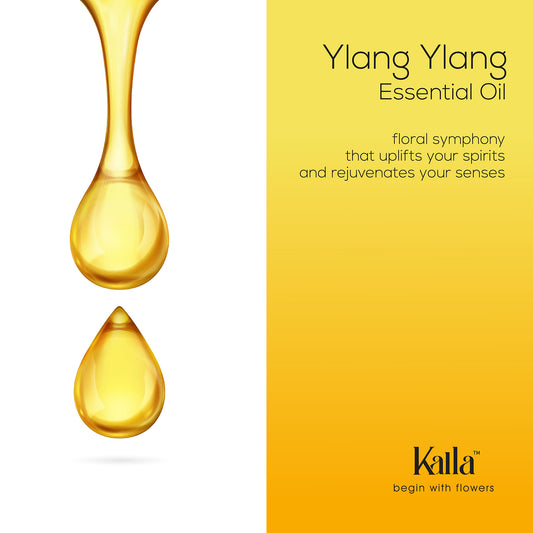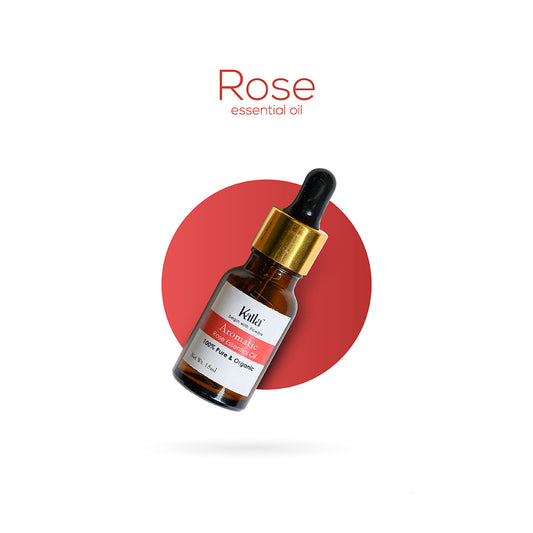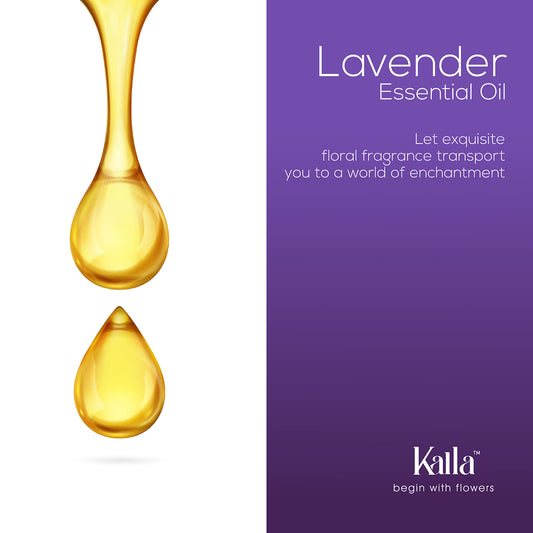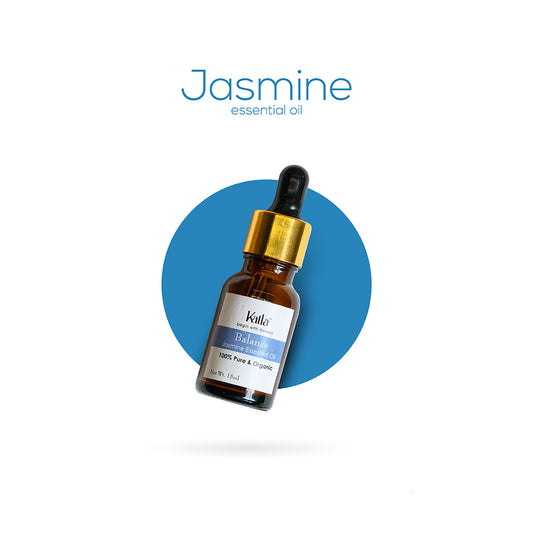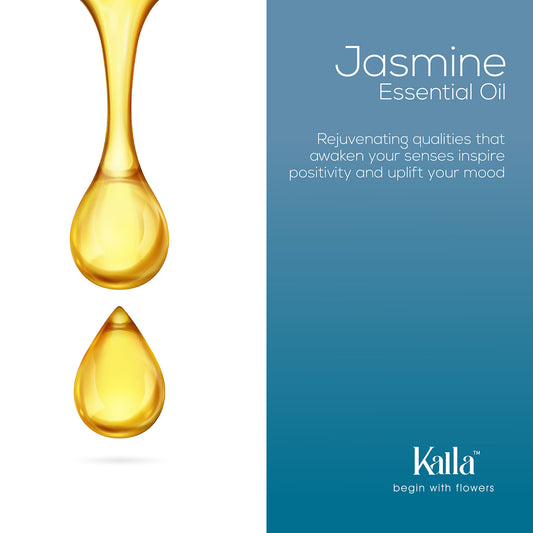Collection: Essential Oils
-
Kalla Radiant Essential Oil (15 ml) - Ylang Ylang
Regular price Rs. 360.00Regular priceUnit price / perRs. 0.00Sale price Rs. 360.00 -
Kalla Aromatic Essential Oil (15 ml) - Rose
Regular price Rs. 360.00Regular priceUnit price / perRs. 0.00Sale price Rs. 360.00 -
Kalla Uplift Essential Oil (15 ml) - Lavender
Regular price Rs. 360.00Regular priceUnit price / perRs. 0.00Sale price Rs. 360.00 -
Kalla Soothing Essential Oil (15 ml) - Sandalwood
Regular price Rs. 360.00Regular priceUnit price / perRs. 0.00Sale price Rs. 360.00 -
Kalla Balance Essential Oil (15 ml) - Jasmine
Regular price Rs. 360.00Regular priceUnit price / perRs. 0.00Sale price Rs. 360.00


